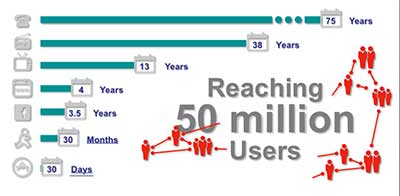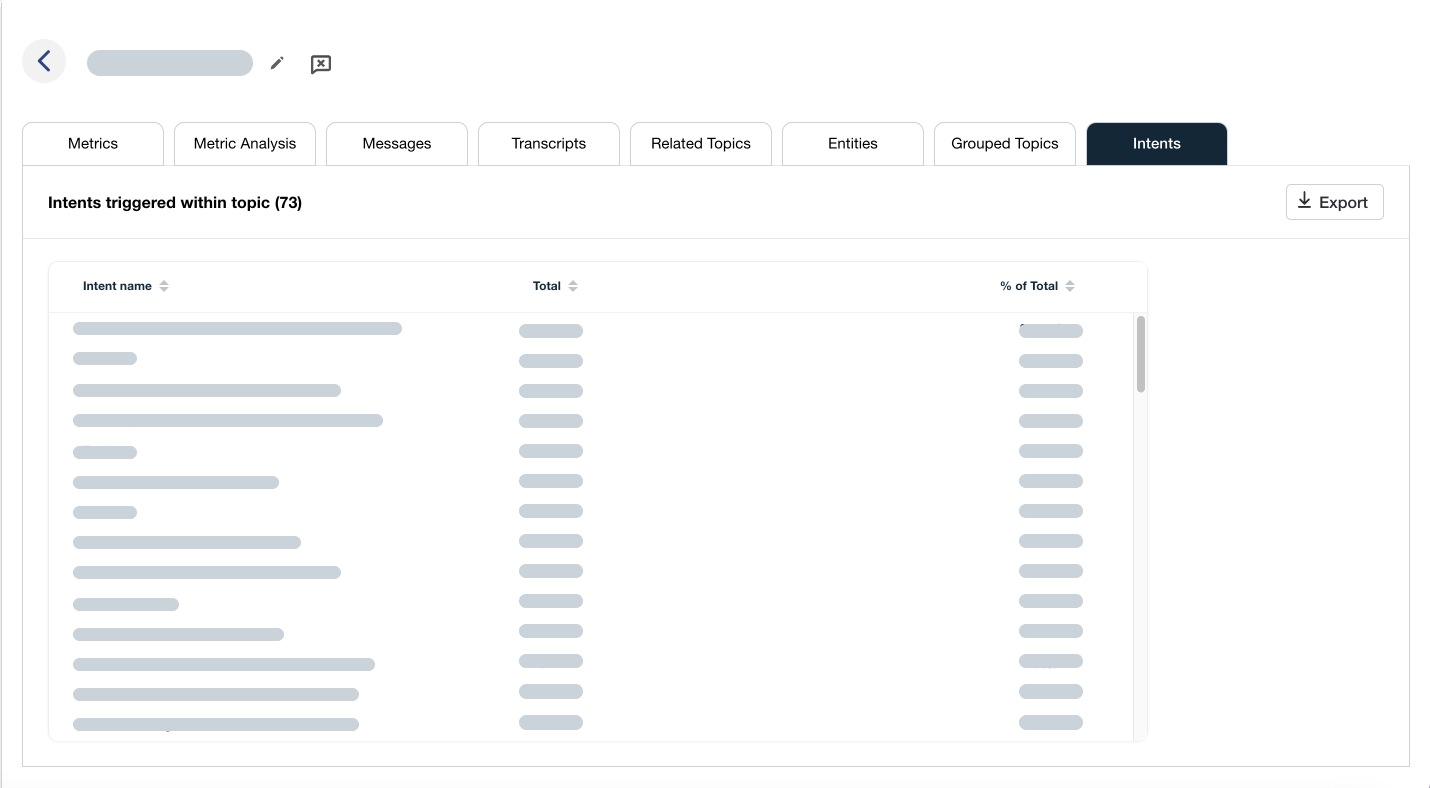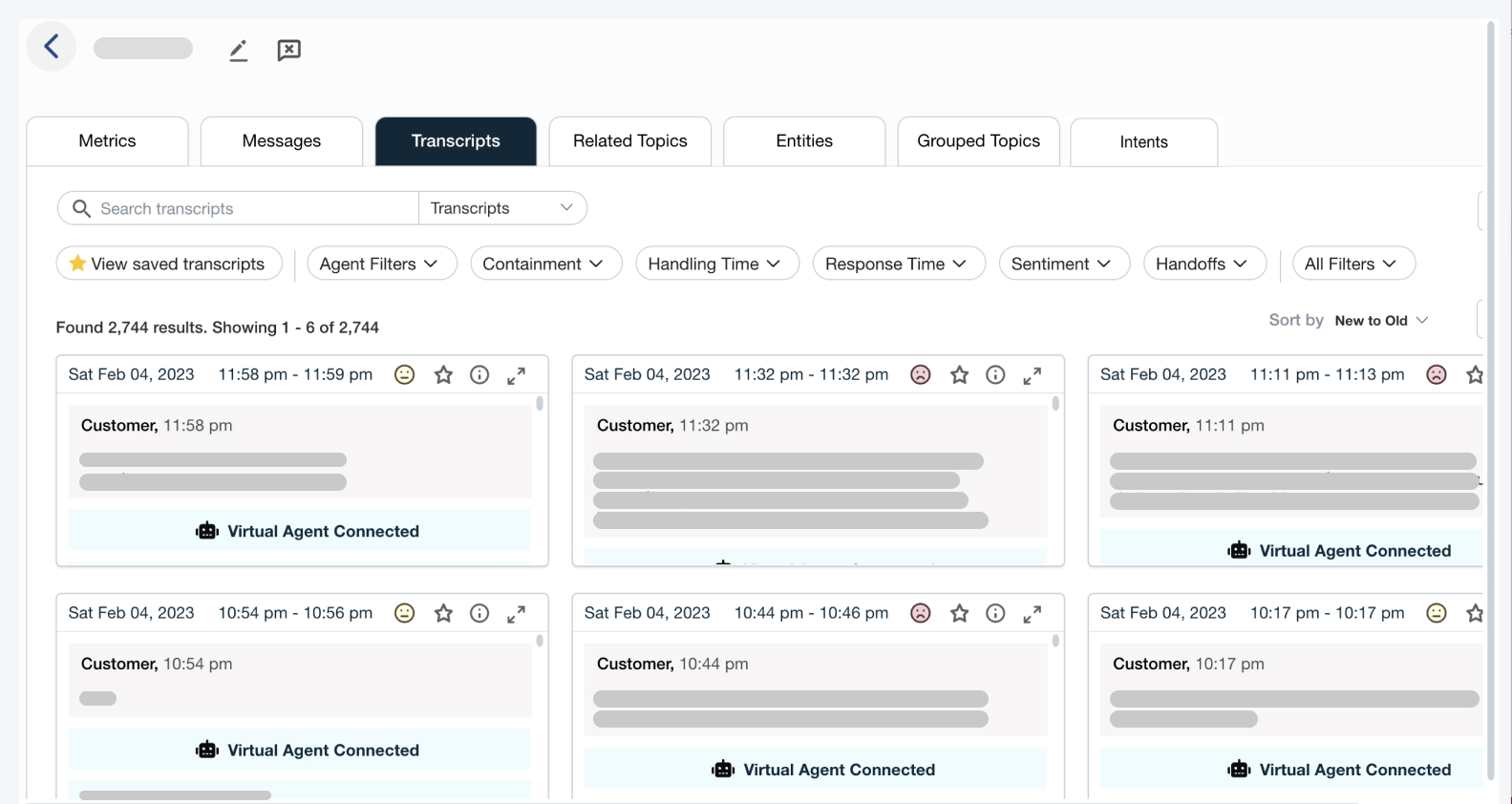Contact centers – digitalize…or die
Contact centers – digitalize…or die

Digital transformation in the Contact Center: this was the topic that I presented in the Dominican Republic recently. Now, you may say to yourself ” Yeah, yeah, I’ve heard it all before.” However, the audience reacted positively upon hearing some striking – even astonishing – facts that I laid out. I’d like to share some of these with you today.
Speed of technology adoption
It’s said that a picture speaks a thousand words. Look at the two photos below: hard visual evidence of how fast we humans have evolved with the digital world: Below, to the left is a picture taken in 2006 during the announcement of Pope Benedict XVI. If you look in the lower, right-hand corner, you’ll see one lone flip-phone user taking a picture. Now look at the picture to the right, taken in 2014 during the announcement of Pope Francis I. Quite a contrast, isn’t it – in the mere space of just eight years!
Impact of technology adoption
Did you know that in the 1960’s, the average lifespan of a company was estimated at 55 years (Standard & Poor’s 500)? Today, that life expectancy has dropped to about 20 years and by 2020, it’s anticipated to drop to 15 years! This means that in that space of 35 years, a business today likely survives only 15 years – a drop by 40 years! The main reason? Failure to adapt to and adopt the digital world.
 Time it takes to reach 50 million consumers
Time it takes to reach 50 million consumers
In the 1900’s, it took 75 years to reach 50 million consumers by phone. By radio, it took 38 years. With the advent of TV, this was reduced to 13 years. With internet, it took a mere four years. Facebook and social media took it down three and a half years. Web chatting has reduced this to two and a half years. Today, with apps, it takes just 30 days to reach 50 million consumers! In less than a century, we’ve moved from 75 years to one month to reach 50 million consumers! Such acceleration is mind-boggling, to say the least, with huge implications for businesses.
What is a digital contact center exactly?
Not too long ago, contact centers were referred to as ‘call’ centers as work was primarily conducted via phone. Today, the correct term is ‘contact’ center, with many centers offering numerous interaction points, or in industry parlance, “omni-channels.” This means agents can, beyond the phone, handle interactions through web chatting, e-mail and social media.
Customers now also go directly to a company’s website or launch an app to communicate. Thanks to big data and data mining, whatever was captured when first browsing will almost all be there. No need for them to repeat their account number, passwords, etc. Analytics then provides data on…you name it; anything and everything you deem relevant to your business, be it the level of customer satisfaction, buying behavior or first-resolution rates.
What forces are transforming and driving digitalization?
Today, four fundamental forces are transforming and driving the digital contact center: mobility (the method), social media (the community), big data (the context) and the Cloud (the delivery mechanism). But it’s the evolution in the mentality regarding mobility that’s the real clincher here: Today’s expectation is that any information or service is always available from any device – I repeat: always available from any device – in the context and moment needed.
Transform now – no time better than the present
Living in a mobile world
It’s 2016 and for good or for bad, we’re living in a digital world. The vast majority of consumers and customers carry mobile devices on them. Tablets, thanks to their mobility, will soon be surpassing laptops in numbers. Everyone wants the flexibility of mobility and immediacy.
Enable your agents
Mobility also allows agents to be notified via SMS of schedule changes and sudden shift availability that need to be filled. They can also communicate their schedule preferences and availability, and view change approvals while at home or on the move. Many contact centers are also now going remote, meaning agents can work from home. Such options also raise satisfaction and provide the business necessary resources during times of high volume – without needing to find extra office space.
Raise customer satisfaction
Through automation and omni-channel capability, you’ll be that much closer to making the appropriately skilled agent available on the right channel for customers. Abandonment rates and waiting times will be reduced, and first-resolution rates increased – and with it, customer satisfaction.
Be there – virtually
Time is money. Mobility also helps speed up decision-making processes. As a contact center analyst or administrator, you want to be able to make decisions remotely – as if you were on premise.
How to start the transformation process?
It’s easier than you may think. A multitude of sophisticated contact-center software exists on the market. You’ll surely not mind giving up the inhibitors to digital transformation: i.e. the manual processes, the monolithic systems, the closed standards, the data silos, the complexity – and being stuck at your desks. Make finance see that a digital transformation is of utmost priority – in other words, do or die.
WFM – for starters
Start by installing automated workforce management (WFM)! Of all digitalized products utilized in contact centers, WFM is number One. Not only does it put a stop to scheduling nightmares but, considering staff costs often represent up to 90 percent of a contact center’s total costs, WFM is the single, most cost-effective automated tool in use.
Furthermore, enabling agents with scheduling preferences as well as engaging them with healthy competition – through gamification – makes for happier and more satisfied staff. We all know that satisfied employees perform better and stay longer with the company. Then continue with implementing open standards, modular systems, automation, mobility and data analytics.
I believe the urgency of my message is clear: Those unable to keep up with digital world and respond to what consumers are looking for will die. If you don’t adapt and adopt now, you’ll end up like AOL, RadioShack and countless other companies: unable to adapt and left out in the cold, they perished.
On a final note, I’d like to part with a quote by famous American author and futurist, Alvin Toffler:
“The illiterates of the 21st century will not be those who cannot read and write, but those who cannot learn, unlearn and relearn.”
/Dennis Müllert









